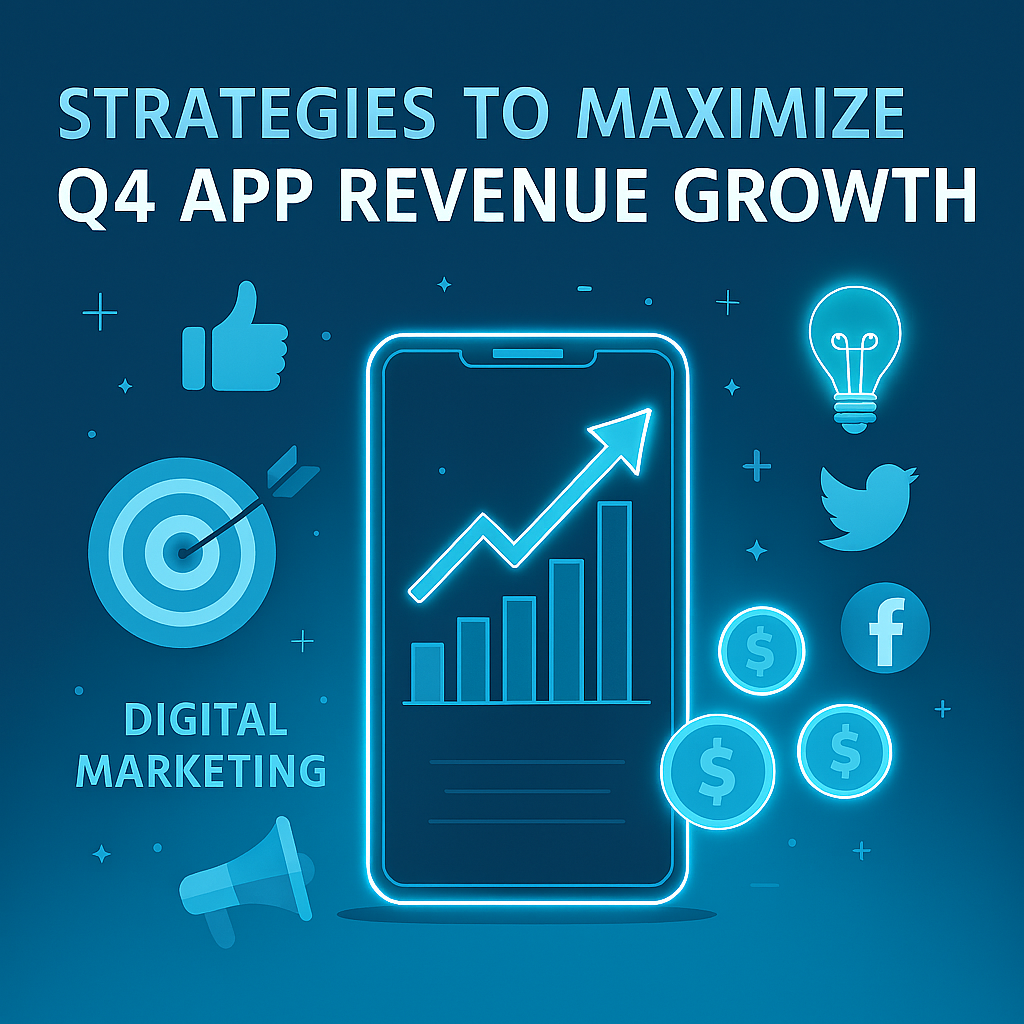Are you looking for a ROAS-driven user acquisition campaign ? Read Mapendo's latest case study here!
In mobile user acquisition, there are two main pricing models for advertisers to gain new users: CPI, that stands for Cost Per Install, and CPA, which stands for Cost Per Action. Both modalities are very much used, but there are many differences between them, both in terms of risk and profitability in different periods of time.
Along with other pricing models such CPC (Cost Per Click) and CPM (Cost Per Mille), both CPI and CPAs are performance-based, though advertisers may decide to go with one of the latters because they have a much better chance of leading to an install. Advertisers will also take into consideration the type of app they are trying to promote, gaming or non-gaming, when choosing a CPI or CPA model.
What is CPI?
Cost per install is the cost spent by advertisers for their UA based on the numbers of newly acquired users. It can be calculated very simply by taking the total cost of user acquisition activity and dividing it by the number of new users acquired. To put it simply, CPI measures the cost of every new captured user and, to understand if an app install campaign based on a CPI pricing model has been successful, the revenue generated must be higher than what was spent to acquire new app users.
In a CPI model, installs are the conversion modality chosen by the advertiser, who will then pay his partners only based on the number of installs, even if those do not generate any revenue.
There are many factors that determine CPI.
· the region of the world in which the app is installed. Usually, tier-1 countries, such as North America and Central Europe, show higher CPIs compared to other regions of the world, such as the Middle East, Asia or Africa, which tend to show lower CPIs.
· the operating system on which the app is installed. There is a notion that iOS users are supposed to have higher purchasing power than Android users, and because of this reason, Apple operating systems tend to have a bigger impact on CPI.
· app’s category plays a big role especially within gaming apps. The so-called hyper-casual games, usually very easy and played in a very relaxed mood, have a lower CPI, while strategy games, in which in-app purchases play a big part, still need a big volume of users, so their effect tends to be stronger on CPI.
What is CPA in an app campaign ?
Cost per action is a model in which advertisers get paid once a user has completed a pre-determined action after installing the app and having engaged with the ad. That action can still be a simple registration or any other post-install event, such as a subscription, or an in-app purchase. It is calculated by dividing the total cost of the campaign by the number of actions attributed to that campaign.
A CPA pricing model is less risky for advertisers than a CPI model, since they only pay the publisher once they have already generated revenue.
Factors such as the region and the operating system have the same impact on CPA as they have on CPI.
· Regions like North America and Central Europe and Apple’s operating system are the factors that most contribute to higher CPAs.
· A CPA price model is especially used in non-gaming apps, because oftentimes their main goal is to establish a base of high-quality users and not just those that will only download the app. The post-install actions of these apps are usually quite costly, but so is the revenue the publisher gains if an action is completed.
CPI vs CPA: which model is better ?
These two different pricing models are employed with two very different goals in mind. A successful CPI model will bring a big volume of new users, while a CPA model mainly focuses on acquiring high-quality users that will keep on using the app and making post-install, revenue-producing actions more frequently and for longer periods of time.
A CPA model allows marketers to target users who are more likely to use the app even beyond its installation, with an obviously higher initial cost for the advertiser followed by a subsequent acquisition of high-value users. At the same time, advertisers must consider the fact that, by starting their app install campaign with a CPA model, they will need more time to gather sufficient data of the number of conversions and to optimize the campaign and scale volumes.
Regardless of which pricing model is applied to an app install campaign, it is very important to keep track of the results and, most importantly, to monitor users’ LTV in order to understand if the campaign is being successful in acquiring users with high LTVs.
It is possible and not uncommon at all to apply both models during an app install campaign, based on the initial goal and on the stage of the campaign. Sure, a CPA model is safer for advertisers because it brings high-value users, though, especially in the beginning of an app install campaign, it would make sense to establish a CPI model with the sole purpose of creating a good user base.
Later, one could make the choice of switching to a CPA model, in the effort of trying to convert the users already acquired into high-value users. Of course, this does not necessarily guarantee a continued increase in installs’ volumes, and this is exactly why it is very important to have a good app install campaign strategy planned out from the beginning in order to understand when would be a convenient moment to transition to a different pricing model.
Final considerations

Both CPA and CPI pricing models can bring very good results in the planning of an app install campaign. However, their differences may convince an advertiser in choosing one on top of the other.
· The goal: if an app developer wants to increase and establish a fairly big user base, it would probably be best to choose a CPI model. On the contrary, if the intent is to create high-value users, the choice would likely fall upon a CPA model.
· The risk: with a CPA model the advertiser will be able to pay the publisher only after having already generated revenue, and that will not happen with a CPI model, because most of the time apps are free and don’t generate incomes immediately.
· Both goals and risks can be assessed and changed as an app install campaign progresses: that is why it is possible and even normal to switch models at a later stage of the app install campaign, adjusting on the new goals and based on the result of the campaign up to that point.




















